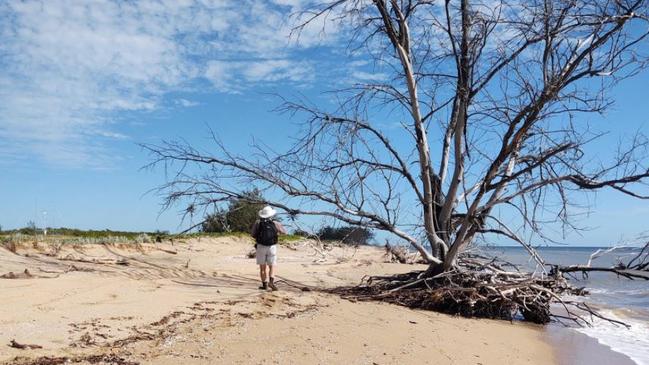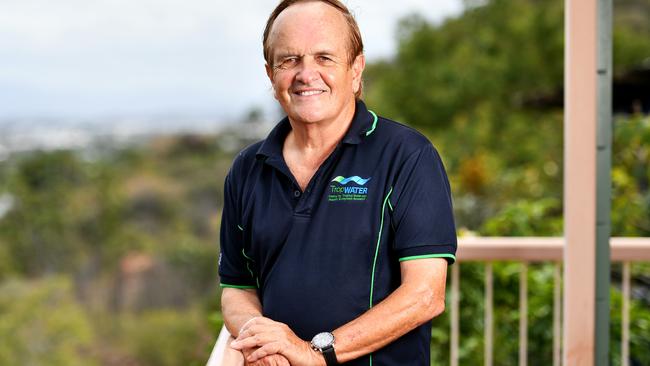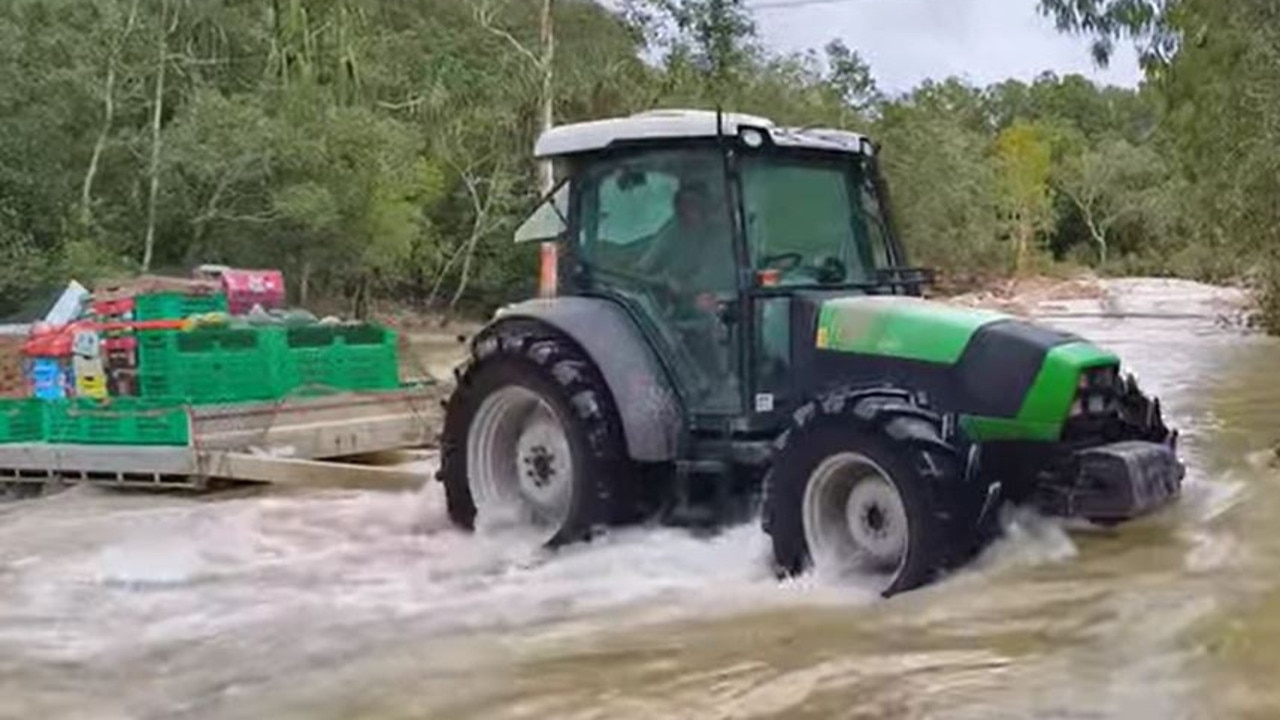Marine scientist says sea could wash away Cape Bowling Green
Our beaches, including the 20km-long sand cape at Bowling Green Bay, are threatened by stronger trade winds causing erosion and loss of habitat, a coastal oceanographer says.

Townsville
Don't miss out on the headlines from Townsville. Followed categories will be added to My News.
- Vote now for Townsville’s most passionate New Zealander
- How North Queensland’s high schools fare in NAPLAN, OP results
- Governor rejects Take Back Townsville group’s plan to remove Townsville’s Labor MPs
OUR beaches, including the 20km-long sand cape at Bowling Green Bay, are threatened by stronger trade winds causing erosion and loss of habitat, a coastal oceanographer says.
Dr Eric Wolanski, an adjunct professor at James Cook University and research associate to the Australian Institute of Marine Science, says the incidence of moderate to strong southeast winds is twice as frequent now as it was 30 years ago.
This was causing higher sea levels at the coast and wave action eroding beaches, he said.

“The common concept is that beach erosion is due to sea level rise and more cyclones and, for Cape Bowling Green, the Burdekin Falls Dam capturing the riverine sand needed (to replenish) the cape,” Dr Wolanski said.
“I found that for North Queensland, the sea level rise is not so much the issue — the key factor is a change in the southeast winds since the 1970s.”
Dr Wolanski has used AIMS wind data showing the number of days a year of moderate to strong southeast winds has increased from about 40 to 100 since 1990 and, using Permanent Service for Mean Sea Level with the National Oceanography Centre in Liverpool’s data, that the mean sea level at Townsville has increased 15cm since 1960.
He said wind was likely pushing up water heights at the coast because mean sea level rises further offshore were not as high.
As to why the winds were stronger, he could not say.
Dr Wolanski said a 300m section of Cape Bowling Green had been overtopped by the sea, destroying a stand of casuarina trees and other vegetation.
He said there had also been erosion problems at Queens Beach in Bowen.

He is concerned the loss of sand at Cape Bowling Green will damage important wetlands inshore and a significant billfish habitat offshore.
“Remediation measures are needed to prevent Cape Bowling Green from breaching,” Dr Wolanski said.
“Presumably that could include rock groynes like in Townsville and/or replenishing the beach sand by pumping sand from offshore like at the Gold Coast, or even pumping sand out of the lower Burdekin River to put it at the coast.
“This would also alleviate the flooding risk for Ayr and Home Hill as the river bed there has silted severely since the Burdekin Falls Dam was built.”
He said measures were also needed to prevent dune erosion by people riding quad bikes.
Originally published as Marine scientist says sea could wash away Cape Bowling Green


